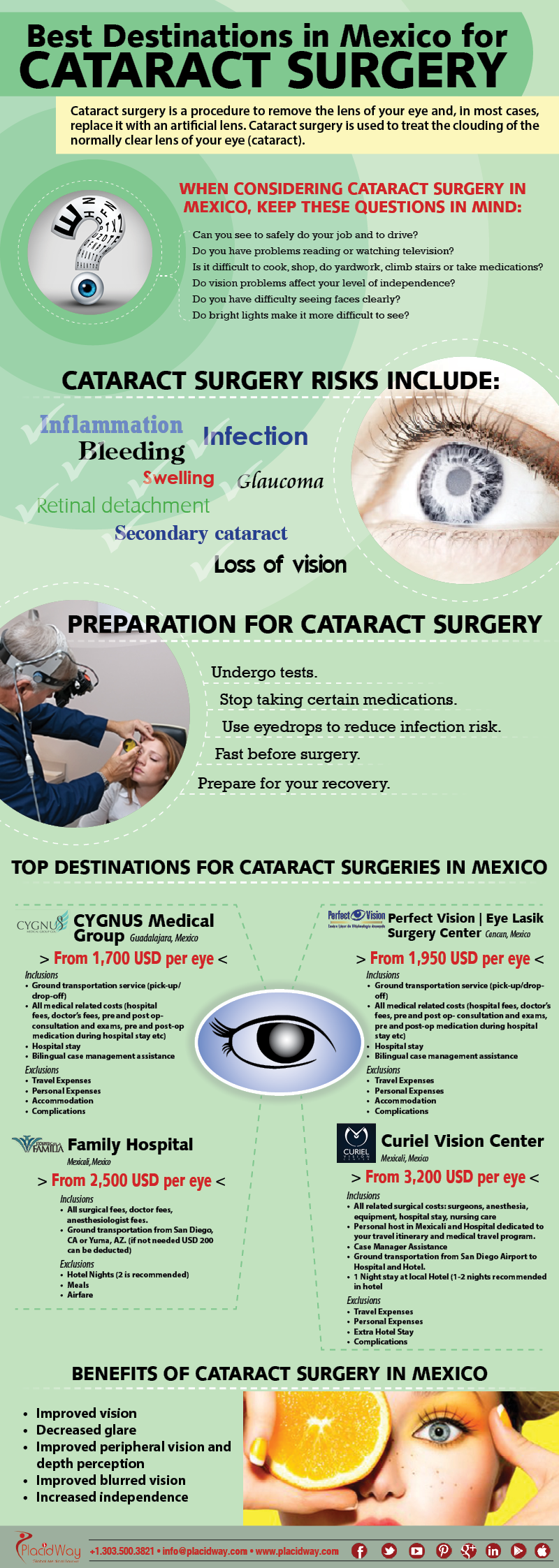Embark On A Fascinating Trip Via The Advancement Of Cataract Surgery Strategies, From Ancient Roots To Innovative Innovations That Are Improving The Future Of Eye Treatment
Embark On A Fascinating Trip Via The Advancement Of Cataract Surgery Strategies, From Ancient Roots To Innovative Innovations That Are Improving The Future Of Eye Treatment
Blog Article
Material By-Burton Thestrup
As you explore the development of innovative cataract surgical treatment methods, you'll witness a trip marked by resourcefulness and precision. From old approaches that led the way for modern-day innovations to advanced modern technologies that are reinventing the area, the comprehensive introduction of cataract surgery methods is a testament to human progression and devotion to boosting individual outcomes. https://www.healio.com/news/ophthalmology/20210716/reuse-of-smile-lenticules-presents-opportunities-and-obstacles detailed interaction between historical techniques and futuristic improvements creates an appealing story that sheds light on the development of among one of the most typical surgeries worldwide.
Historical Methods and Innovations
Check out exactly how very early cosmetic surgeons revolutionized cataract treatment by employing cutting-edge strategies and devices. In the past, cataract surgery was a high-risk and unpleasant treatment. Nevertheless, ancient Indian physicians were among the initial to try surgical treatments for cataracts, utilizing a method called 'formulating' where a sharp tool was utilized to push the cataract back right into the eye. This technique, though crude by today's requirements, prepared for future improvements in cataract surgical procedure.
As time proceeded, Arab doctors made significant payments by developing specialized needles for cataract removal. LASIK Nevada Reviews were used to pierce the cataract and after that remove it from the eye, marking a significant enhancement in surgical precision.
Later on, in the 18th century, the French doctor Jacques Daviel pioneered the method of extracapsular cataract removal, where the entire lens was gotten rid of intact via a bigger cut. This noted a significant development in cataract surgery techniques, paving the way for the modern procedures we make use of today.
Modern Surgical Approaches
Early strategies in cataract surgical treatment have evolved dramatically, bring about the advancement of modern-day medical strategies that focus on precision and boosted individual outcomes. Modern cataract surgical treatment currently typically entails a treatment called phacoemulsification, where an ultrasonic tool breaks up the cataract for removal through a little incision. This strategy permits quicker healing and reduces the risk of problems compared to older approaches.
In addition, the use of advanced intraocular lenses (IOLs) has reinvented cataract surgical treatment outcomes. These lenses can fix not just the cataract yet additionally various other refractive mistakes like astigmatism, reducing the need for glasses post-surgery.
Surgeons today likewise have access to innovative imaging technologies that aid in exact preoperative planning and intraoperative decision-making. Optical coherence tomography (OCT) and various other imaging methods provide detailed images of the eye's structures, allowing for a more personalized strategy to every client's surgical treatment. With these innovations, modern cataract surgery techniques continue to boost, using individuals more secure treatments and much better aesthetic end results.
Emerging Technologies in Cataract Surgery
With developments in technology revolutionizing the field, cataract surgery is experiencing the integration of ingenious strategies for boosted client outcomes. Emerging modern technologies in cataract surgical treatment are improving the landscape of sensory procedures. One such innovation is femtosecond laser modern technology, which permits specific corneal cuts, capsulotomies, and lens fragmentation, resulting in enhanced surgical precision and results.
Additionally, intraoperative aberrometry is gaining popularity, allowing real-time dimensions of refractive errors throughout surgical procedure to boost intraocular lens power computations and reduce postoperative refractive shocks.
Furthermore, using innovative imaging modern technologies like optical comprehensibility tomography (OCT) and intraoperative wavefront aberrometry aids doctors in specific medical preparation and execution. These devices offer comprehensive anatomical information and help customize medical approaches for every person's unique eye attributes.
In addition, developments in expert system are being explored to aid in preoperative planning, intraoperative decision-making, and postoperative treatment, possibly enhancing surgical outcomes and client fulfillment. Accepting these emerging technologies in cataract surgical procedure holds pledge for more improving patient end results and guaranteeing the proceeded evolution of ophthalmic surgical methods.
Conclusion
As you journey through the history of cataract surgical procedure, you witness the improvement from ancient practices to innovative modern technologies. Like a phoenix az climbing from the ashes, cataract surgical treatment has actually developed into a beacon of hope and development.
Just as a caterpillar emerges from its cocoon as a lovely butterfly, cataract surgical treatment has progressed into a polished art form, offering individuals clearer vision and a brighter future.
The evolution proceeds, radiating a light on limitless possibilities.
